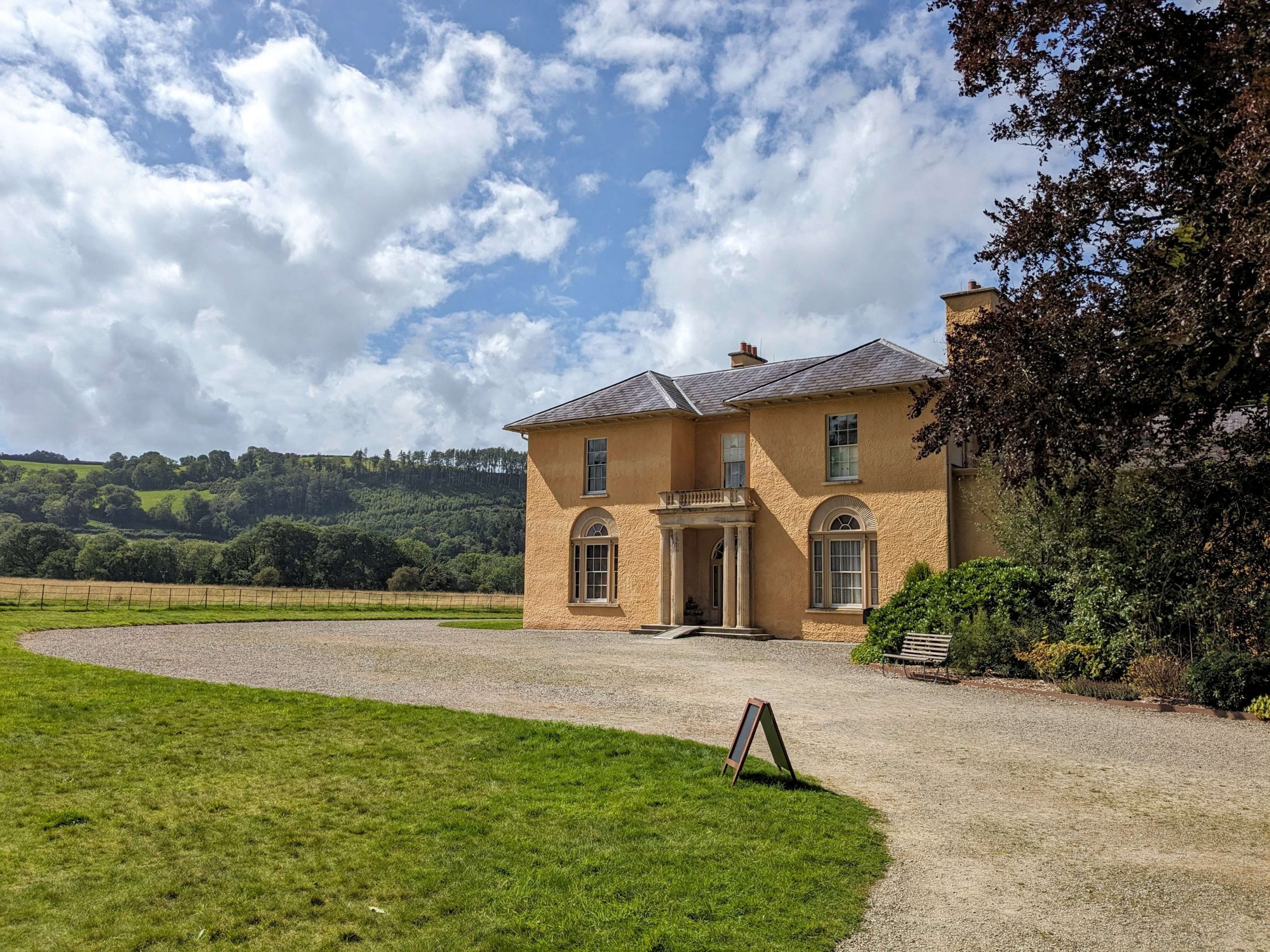For more than three centuries, the Llanerchaeron estate was home to ten successive generations of a single family. Each generation helped shape the estate into what we see today. This includes the villa, servants’ quarters, stables, farm structures, and a walled garden, all harmoniously situated within a landscape that seamlessly combines beauty with productivity. The grade I listed mansion is located in Aberaeron, Wales beside the River Aeron.
In 1634, Llanerchaeron was purchased by Llewellyn Parry, whose lineage traced back to the Welsh Princes. At that time, the estate consisted of a modest farmhouse, 500 acres of land, and a small formal garden, potentially the first in Wales.
Over the subsequent century, the estate underwent expansion, marked by the acquisition of additional land and a strategically beneficial marriage with the Lewis family from the neighbouring Ciliau Aeron estate.

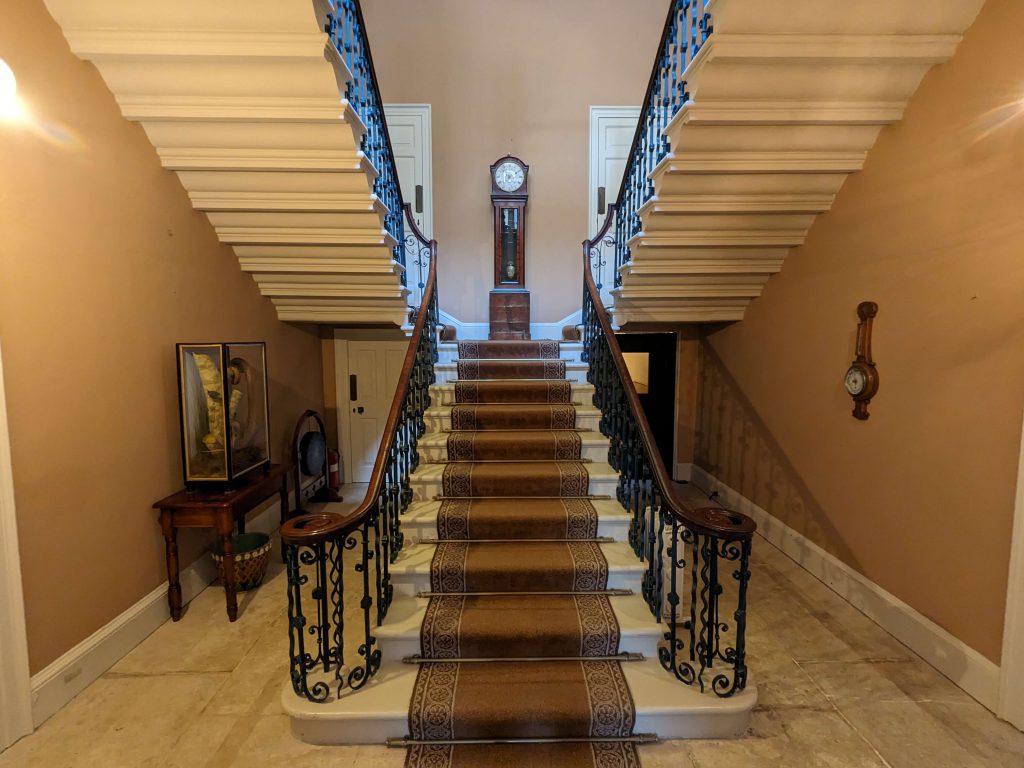
It was in 1749 that Elizabeth Johnes from Dolaucothi married John Lewis. Elizabeth’s letters from this period reveal her daring and unconventional nature, as she wasn’t one to shy away from breaking rules.
At the time, her husband held the position of a Justice of the Peace, and when a ship ran aground at Llanrhystud, he was tasked with the duty of apprehending and prosecuting looters from the shipwreck. Ironically, he might not have needed to search very far for culprits. Shockingly, one of his wife’s own letters suggests her involvement in the illicit activities. In this letter, she offers her brother wine that was stolen from the shipwreck.
If true then the cellar, which can still be accessed today, likely served as the hiding place for Elizabeth’s ill-gotten gains. Elizabeth’s audacious actions certainly add an intriguing layer to the history of Llanerchaeron.
In 1786, Colonel William Lewes entered into marriage with a local heiress, Corbetta Williama Powell, who hailed from Nanteos Mansion. Corbetta’s union with Colonel Lewes not only elevated the social standing of the Lewis family but also brought a substantial dowry, thought to have been £5000. This dowry played a crucial role in financing the renovation efforts aimed at transforming the existing farmhouse into the splendid Georgian structure we see here today. Account books from the time hint that the marriage was for love as much as social status, the books show trips and gifts he bought for her throughout their lives.
In the 1790s, the architectural transformation of Llanerchaeron began under the guidance of the architect John Nash. What was once a humble farmhouse was reimagined by Nash into the graceful villa that stands proudly today.
At the time he was commissioned for the Llanerchaeron project, John Nash was a relatively obscure architect from London. However, his work on this estate marked the beginning of his ascent to fame. Nash went on to establish himself as a celebrated Regency architect, most notably recognized for his designs of iconic structures such as the Royal Pavilion in Brighton and Buckingham Palace.

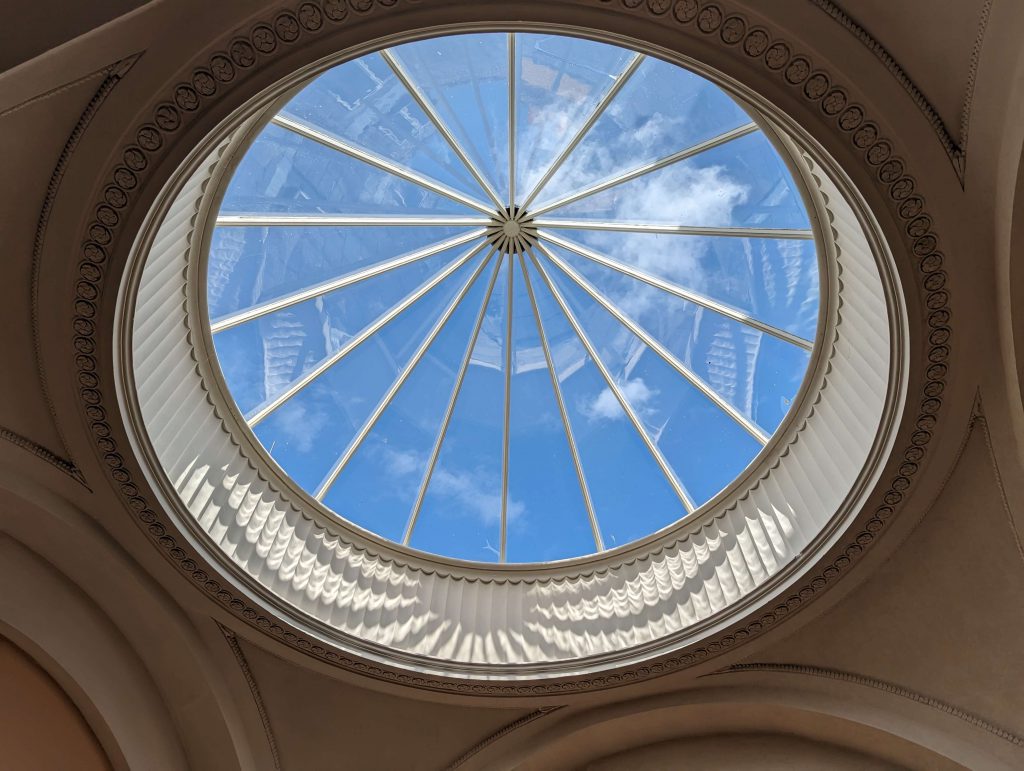
Llanerchaeron is a charming two-storey structure centred around a cobbled courtyard. Inside, an elegant staircase ascends to the upper floor, where eight rooms are situated. The drawing room offers picturesque views of St. Non’s Church, a project that John Nash was also involved in remodelling.
Additionally, there are several “below stairs” rooms that served various practical functions which helped to make Llanerchaeron self sufficient, these rooms include bedrooms for the servants, beer cellars, a butler’s pantry, a well-equipped kitchen, a scullery, a game larder, a dairy, a cheese press room, a bakehouse, a smokehouse, a brew house, and a dry laundry room. These spaces provided for the daily operations and needs of the estate.
Upon the passing of his father in 1828, William and Corbetta’s son, John Lewis, inherited the estate. In 1841, John married Mary Ashby Mettam. Unfortunately, John passed away in 1855, leaving Mary alone at Llanerchaeron without any children.
John’s choice in his will was quite remarkable for the era. Instead of bequeathing the estate to his nephew, he named his sister and her daughters as the heirs. Additionally, his will included a provision that allowed Mary to reside at Llanerchaeron for the duration of her life as long as she did not remarry. However, since she did not own the estate, she was unable to make any alterations or modifications to the property.
During this era, living standards were evolving, and homes were increasingly adopting new technological advancements. However, under Mary’s stewardship, Llanerchaeron remained a place of tradition and continuity. Mary’s management style garnered admiration, as she extended her care to staff, tenants, and neighbours.

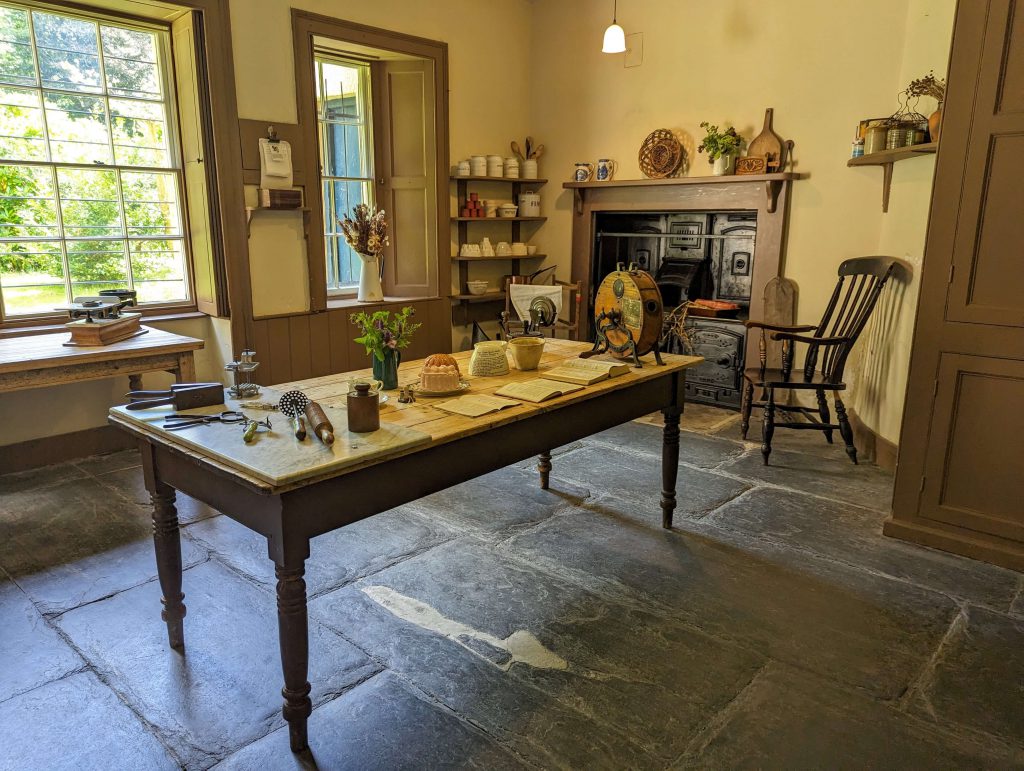
Mary’s remarkable management of the estate persisted until her passing in 1917, an impressive 104 years old. By that time, she had outlived most of the heirs designated in the original will but eventually the estate passed to Captain Thomas Powell Lewes, who was Major John Lewis’ great-nephew.
In 1919, Captain T.P. Lewes made some minor alterations to Llanerchaeron, marking the first substantial changes in over 120 years. These modifications included the installation of new fireplaces in certain rooms, the addition of fitted wardrobes in the bedrooms, and the introduction of the estate’s very first bathroom.
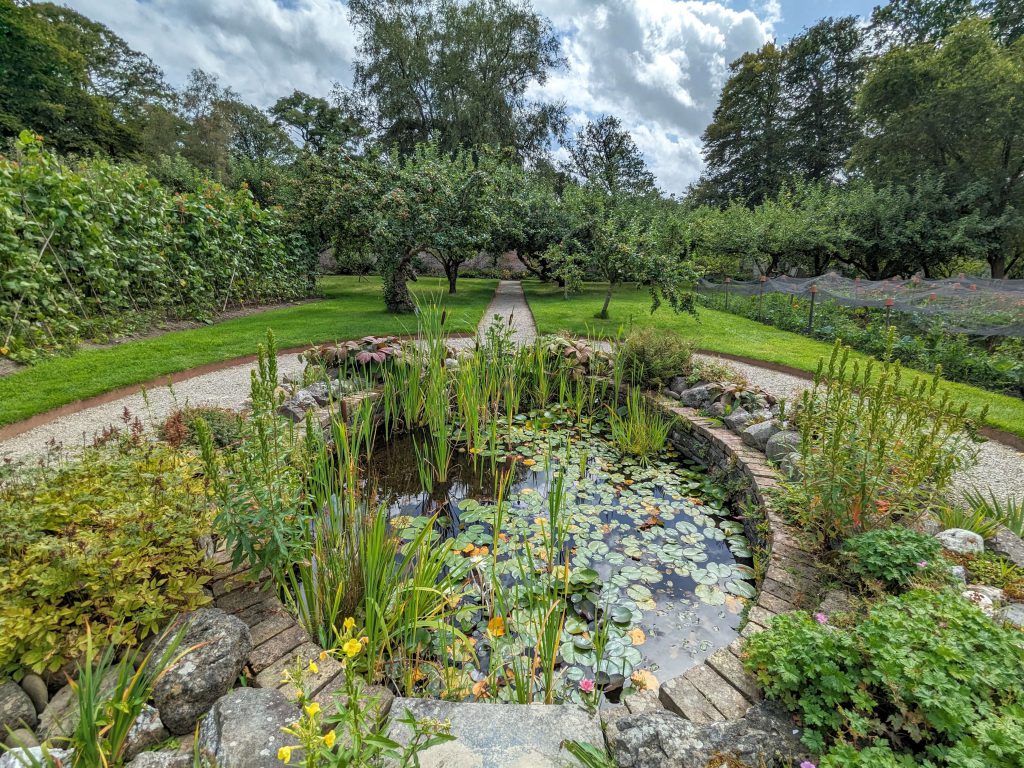
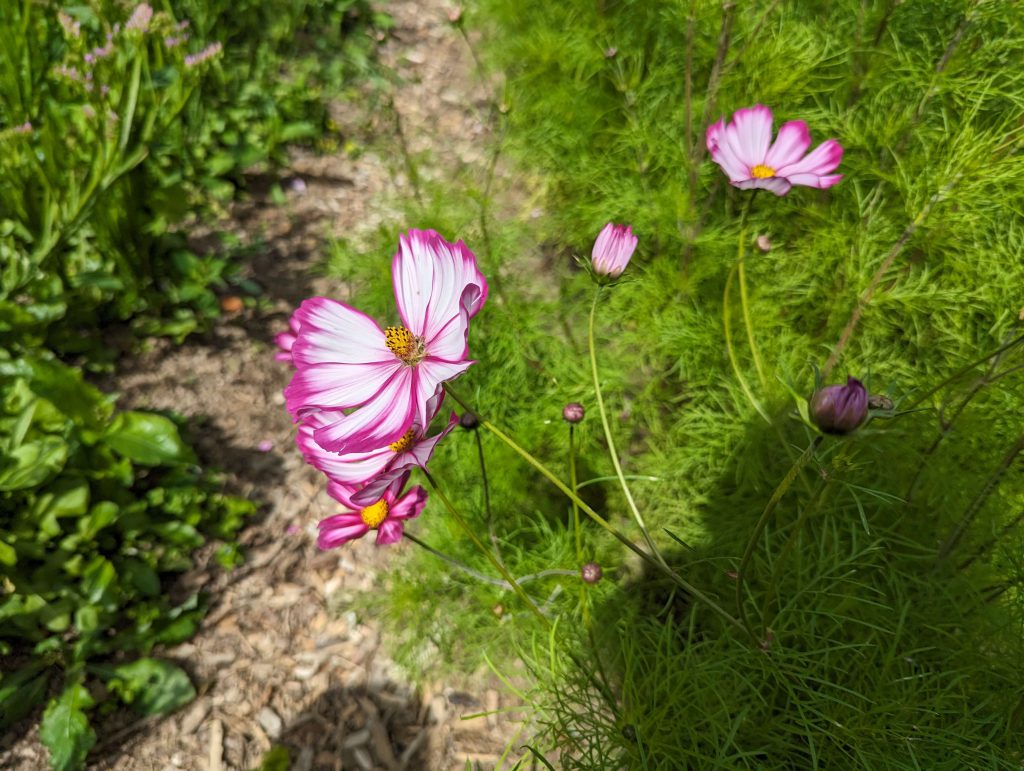
During this period, many historical houses faced economic hardships. However, Llanerchaeron managed to weather the challenges but were forced to sell some of the acres of farms and land to sustain the estate’s financial stability.
Upon the passing of Captain T.P. Lewes in 1940, his only son, Mr. John Powell Ponsonby Lewes, assumed ownership of Llanerchaeron. Mr. Ponsonby Lewes effectively managed the estate and continued its legacy until his own passing in 1989, at the age of 89. In his will, Mr. Ponsonby Lewes bequeathed the remaining estate, encompassing 760 acres, as well as the villa and farm, to the National Trust. This generous act ensured the preservation of Llanerchaeron for future generations to appreciate and enjoy.

